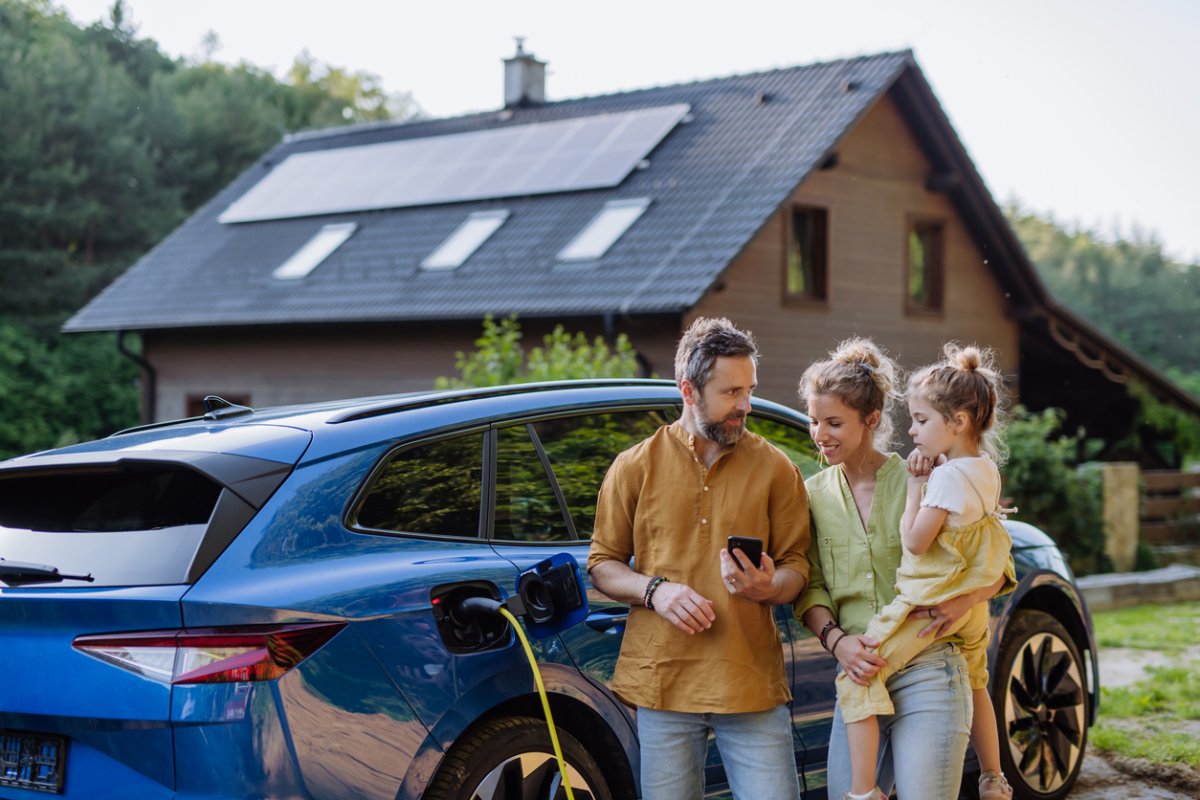We may earn revenue from the products available on this page and participate in affiliate programs. Learn More ›
In today’s age of rising energy costs and increasing environmental awareness, having an energy-efficient home has never been more important. For many of us, however, transitioning to greener, energy-saving alternatives can feel overwhelming, both in terms of understanding the options available and in shouldering the initial costs.
Luckily, government organizations—from the federal to the local level—are motivated to encourage citizens to make their homes more eco-friendly. Programs around the country can help residents cut costs when it comes to making sustainable upgrades to their homes. In addition to providing financial assistance, some programs offer their citizens energy-efficiency assessments and advise them on how to make improvements to reduce their carbon footprint.
Since these programs vary from city to city and state to state, it can be challenging to find local help. Let’s explore the types of programs available so that you can kick off your search for options in your area.
1. Weatherization Services
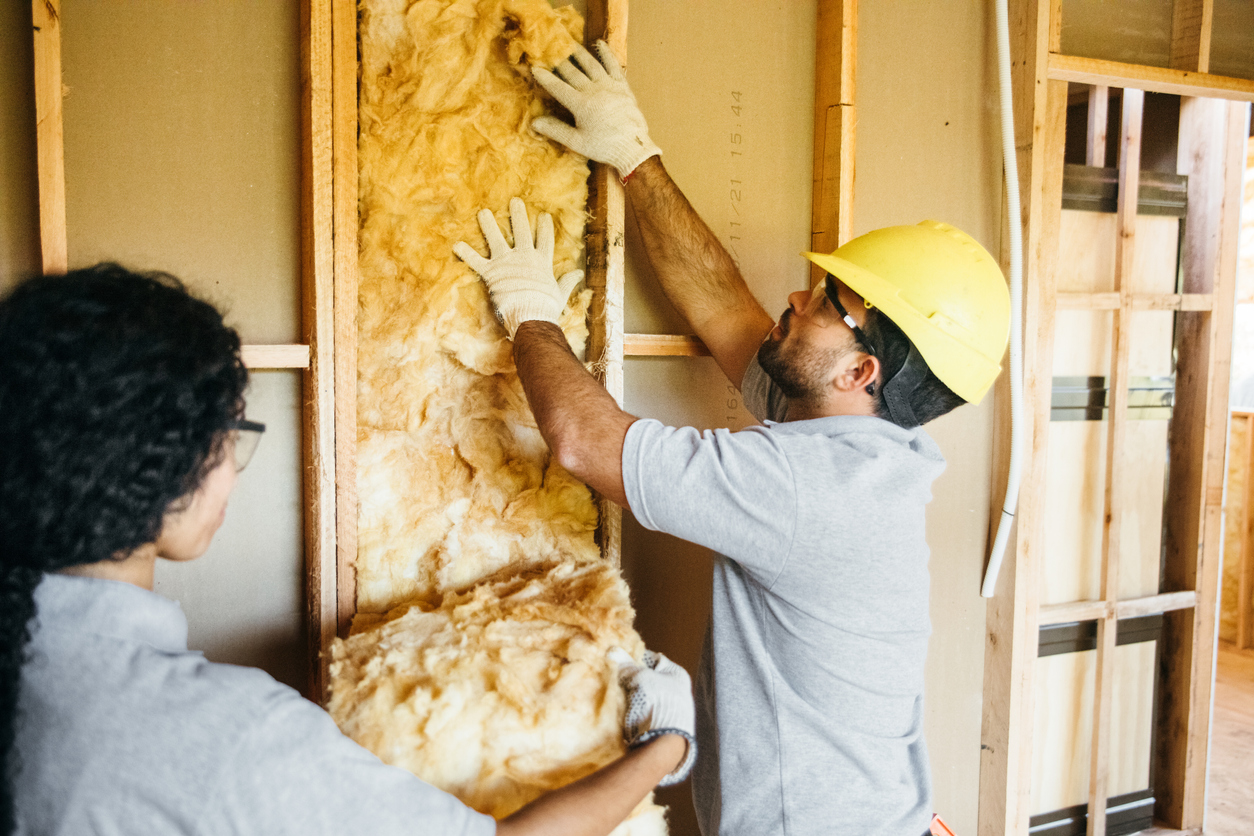
Government-assisted weatherization services are designed to make homes more energy efficient while reducing costs for lower-income households. The changes they offer may be small, but they can have a significant impact. Some of the services local programs offer include sealing air leaks, adding insulation, and fixing heating and cooling systems. The program has been around since 1976 and provides aid to 35,000 homes every year across the country.
In Texas, the U.S. Department of Housing and Urban Development offers weatherization services to help homeowners upgrade their homes. They also provide aid for home repairs and improvements as well as assistance with utility bills.
RELATED: 9 Home Upgrades the Climate Bill Can Help You Pay For
2. Financial Assistance for Home Repairs or Improvements
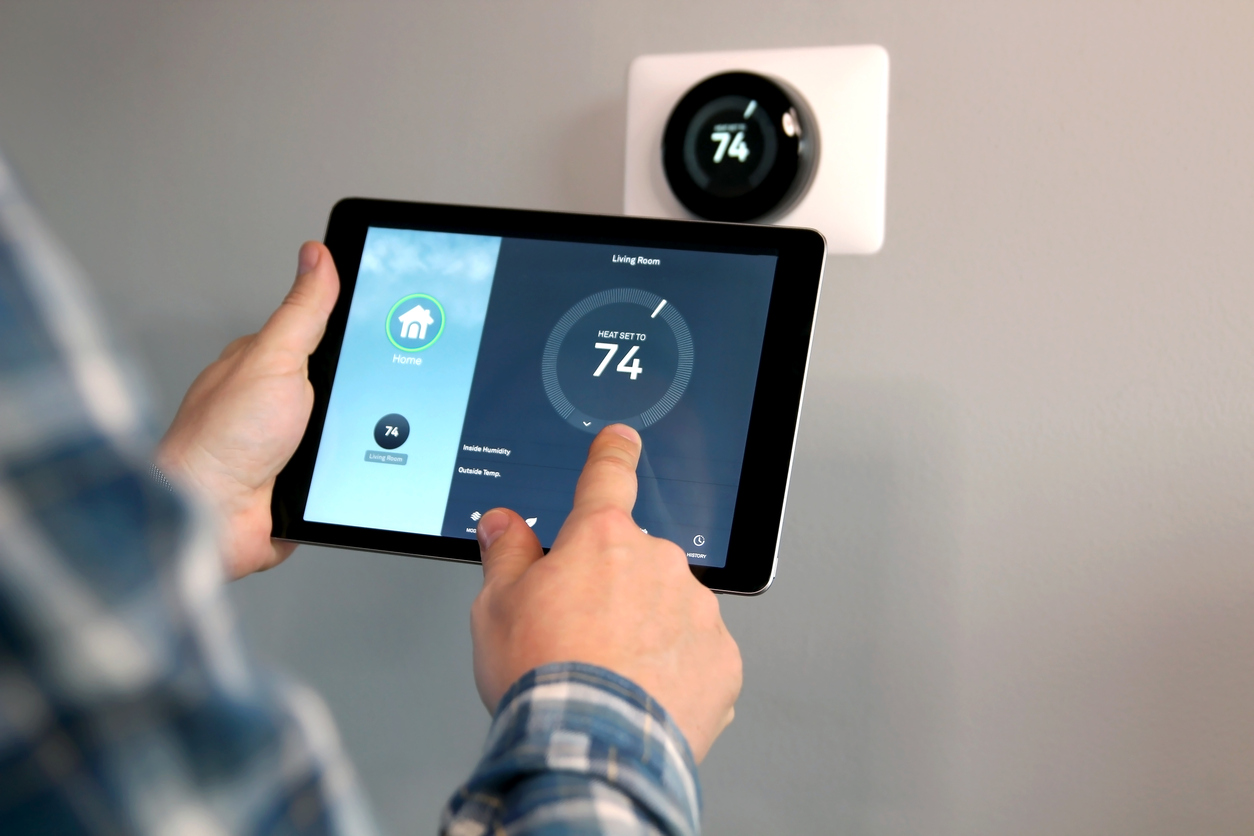
Making a home more energy efficient can save you money and simultaneously help the environment. Local governments recognize the significance of these changes and have therefore created incentives for homeowners and renters to encourage them to make energy-efficient improvements.
These programs provide local residents with loans for energy-efficient upgrades like installing new windows, doors, or heating systems that qualify. Many states also offer rebate programs where homeowners can get money back after installing energy-efficient appliances and fixtures.. This might include items like Energy Star-certified washing machines, refrigerators, or water heaters.
For example, the Massachusetts Mass Save program offers residential rebates and incentives for making energy-efficient upgrades. Some upgrades they cover include heat pumps, water heaters, and smart thermostats. California’s GoGreen Home Energy Financing offers low-interest loans for homeowners’ energy-efficient upgrades. These upgrades include buying new eco-friendly appliances, HVAC systems, insulation, and lighting. The California Department of Community Services & Development also offers free or discounted upgrades to qualifying low-income households.
RELATED: 7 Places That Could Use More Insulation—And Why
3. Help with Utility Bills

Programs around the country offer financial aid when it comes to energy bills for low-income residents or those facing financial hardships. The federal Low Income Home Energy Assistance Program (LIHEAP) is the most prominent of these programs. This federally funded assistance program helps eligible households with their energy bills, minor energy-efficient upgrades, and weatherization. Any homeowners or renters having trouble making utility payments should also check with state or community resources.
4. Energy Audits

Ever wonder how much energy your home is using…or wasting? An energy audit can help you figure it out. An energy audit is a comprehensive assessment of a home’s or building’s energy consumption. These audits identify areas where energy is being wasted and give suggestions on how to improve energy efficiency. Energy audits for residential buildings typically cost approximately $250, but in some areas, they are covered by local government bodies.
New York State, for example, offers free energy audits to most state residents to help them understand their energy usage and identify areas to improve. This program applies to both property owners and renters.
RELATED: Drafty Windows? Try These 12 Solutions for Every Budget
5. Clean Energy Tax Credits
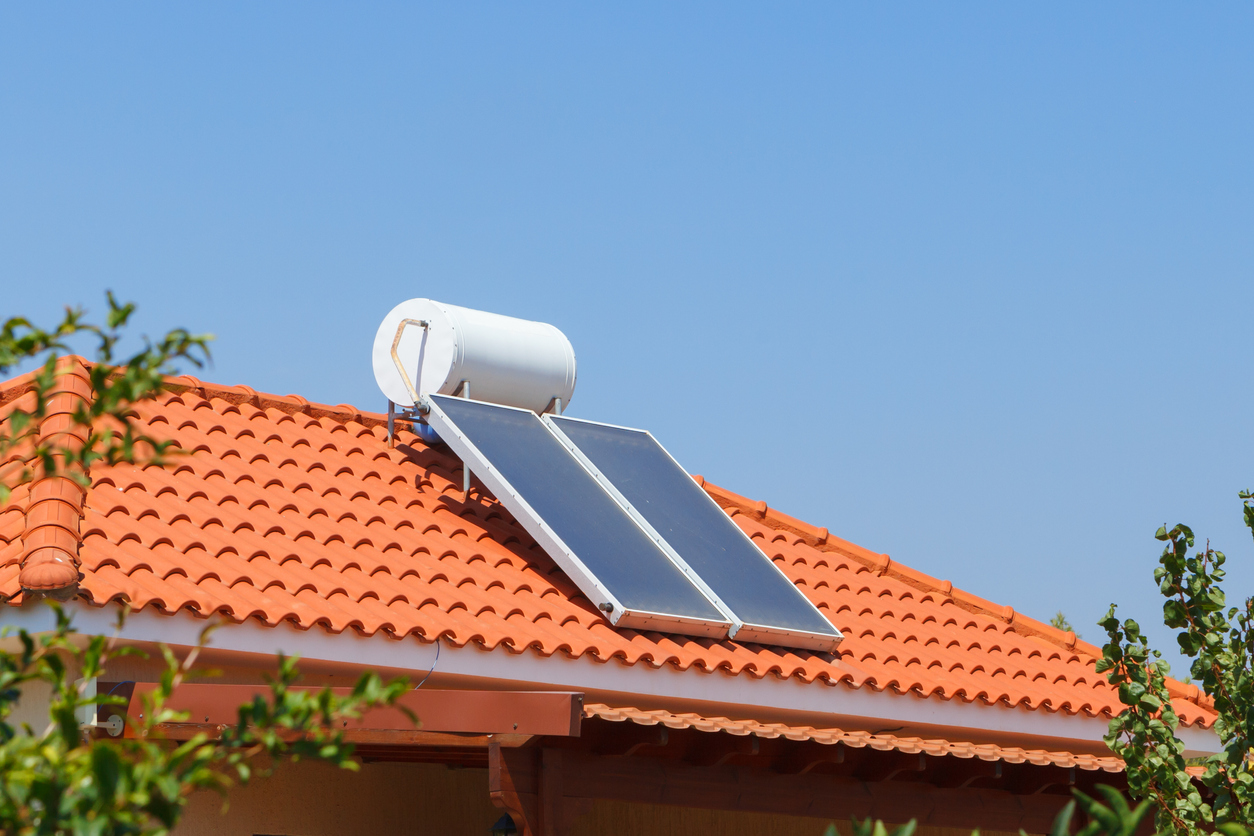
Some states and regions offer tax credits to residents who are employing clean energy—such as solar or wind—as an alternative to traditional energy sources.
The Clean Energy Personal Tax Credit Program in Georgia is an example. The Georgia program offers up to $10,500 in tax credits to individuals using solar space heat, photovoltaics, geothermal heat pumps, and wind or solar water heat.
The Federal Solar Tax Credit encourages both individuals and businesses to supplement their energy usage with solar energy by deducting a portion of their solar panel costs from their taxes. Also known as the Investment Tax Credit (ITC), this program provides a 30 percent discount to those who installed solar panels in 2022 or 2023. On top of that, programs like Go Solar California! offer services to help users calculate the savings they can gain through a variety of federal and state-level programs when installing solar panels.
RELATED: 14 Secrets of People with Low Energy Bills
6. Property Tax Exemptions
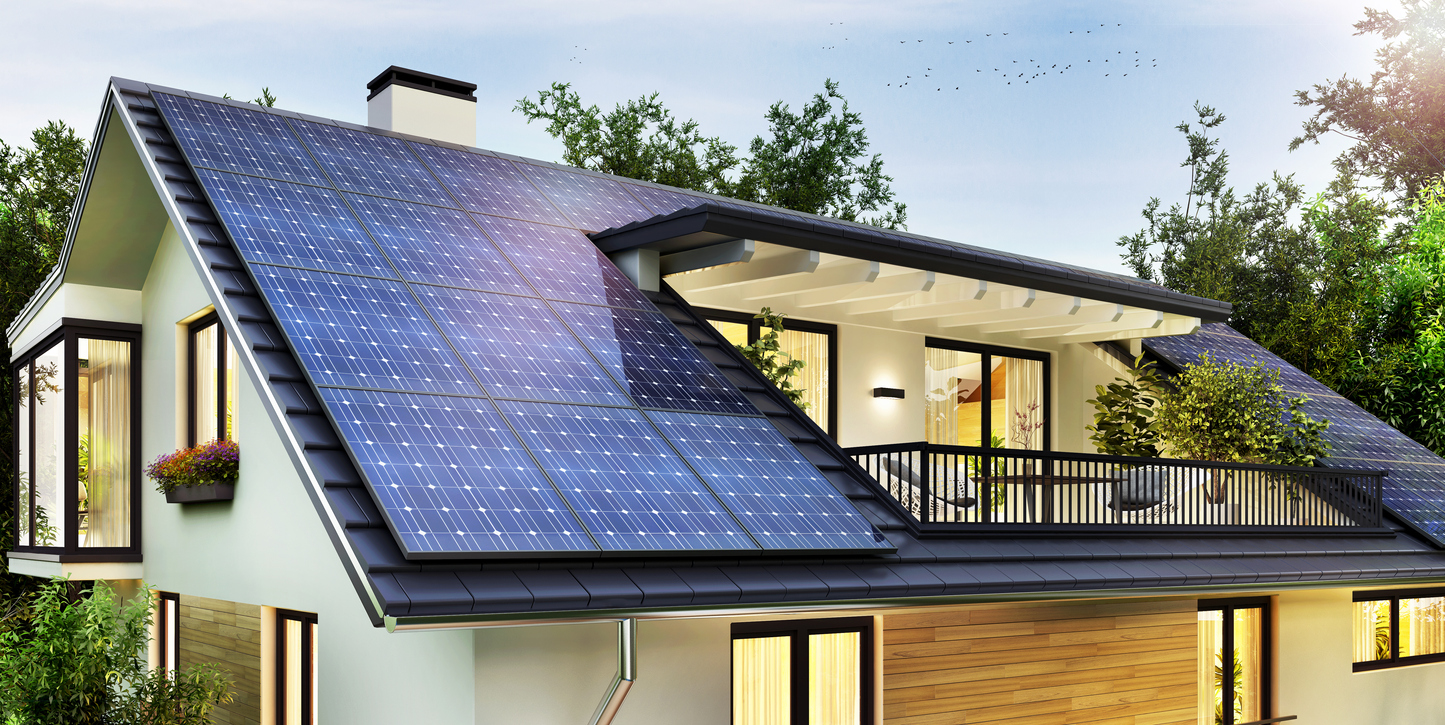
Depending on where you live, property taxes can make up a significant monthly expense. Luckily, in some areas, government bodies reduce or even eliminate property tax payments for those who have installed certain green energy systems in their homes.
Despite its desirability as a tourist destination, Hawaii has the lowest property tax rate in the country. Eco-friendly households in the state’s capital can eliminate those payments altogether, however, through the Honolulu Real Property Tax Exemption for Alternative Energy Improvements Property Tax Incentive. This applies to those who have installed anaerobic digestion, tidal energy, solar thermal electric, photovoltaics, or solar pool heating systems, among others.
RELATED: How Much Does a Home Energy Audit Cost?
7. Energy Efficiency Guidance Programs

Want to reduce your dependence on fossil fuels but don’t know where to start? Luckily, some government organizations around the country have programs that offer advice to locals on how to make greener choices when it comes to their homes and vehicles.
Boulder, Colorado, for example, has an EnergySmart program, which helps Boulder County residents reduce their carbon footprints. The program connects people with EnergySmart advisors, who can advise them on renewable heating and cooling services, solar energy, electric vehicles, and getting government rebates for eco-friendly upgrades.
RELATED: Why Now Is the Time to Invest in Rooftop Solar—and Where to Start

